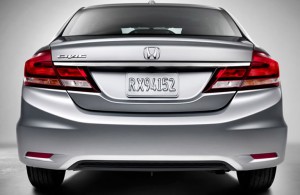Guest Post by starfcker
Hardscrabble’s piece about the normalization of obesity the other day made me think about this a little bit more. I’m a 55 year old man, who doesn’t really do any extreme things to maintain my body weight. I eat heartily, I don’t go to the gym, and it all still works out pretty well. I think about eating better, I would like to eat better, and I wish I had time to lift weights. but my time and energy are finite. As I thought about it, I started wondering what I do that is positive, and whether it would be of any help to anybody else.
So for better or worse, here’s the things that I’ve learned over the years that seemed to work for me. My relationship with food is a simple one, I love to eat, and I have a sweet tooth. I am lucky that I’m not real big on the whole crunchy salty thing, but I think that is by choice over the years. My first and biggest dietary choice is, I don’t use the most common add ons. I don’t salt anything, I don’t sugar anything, and I don’t butter anything. I don’t avoid salt, sugar, or butter, and since I don’t do the cooking in my life, I have no idea how much of that stuff I eat.
And I don’t care, really. But I don’t add them to anything. Instead of salt, if something is a little bland, I’m all about the black pepper. I squeeze limes over stuff, in drinks, over food, a nice flavor, and no calories. If something is not sweet enough, limes. Then I eat it anyway. I can’t remember the last time I added white sugar to anything. Same with butter. I love butter, I’m sure there’s plenty in the food I eat, but I don’t put any more on anything. I think that simple trick alone saves me several pounds a year.





